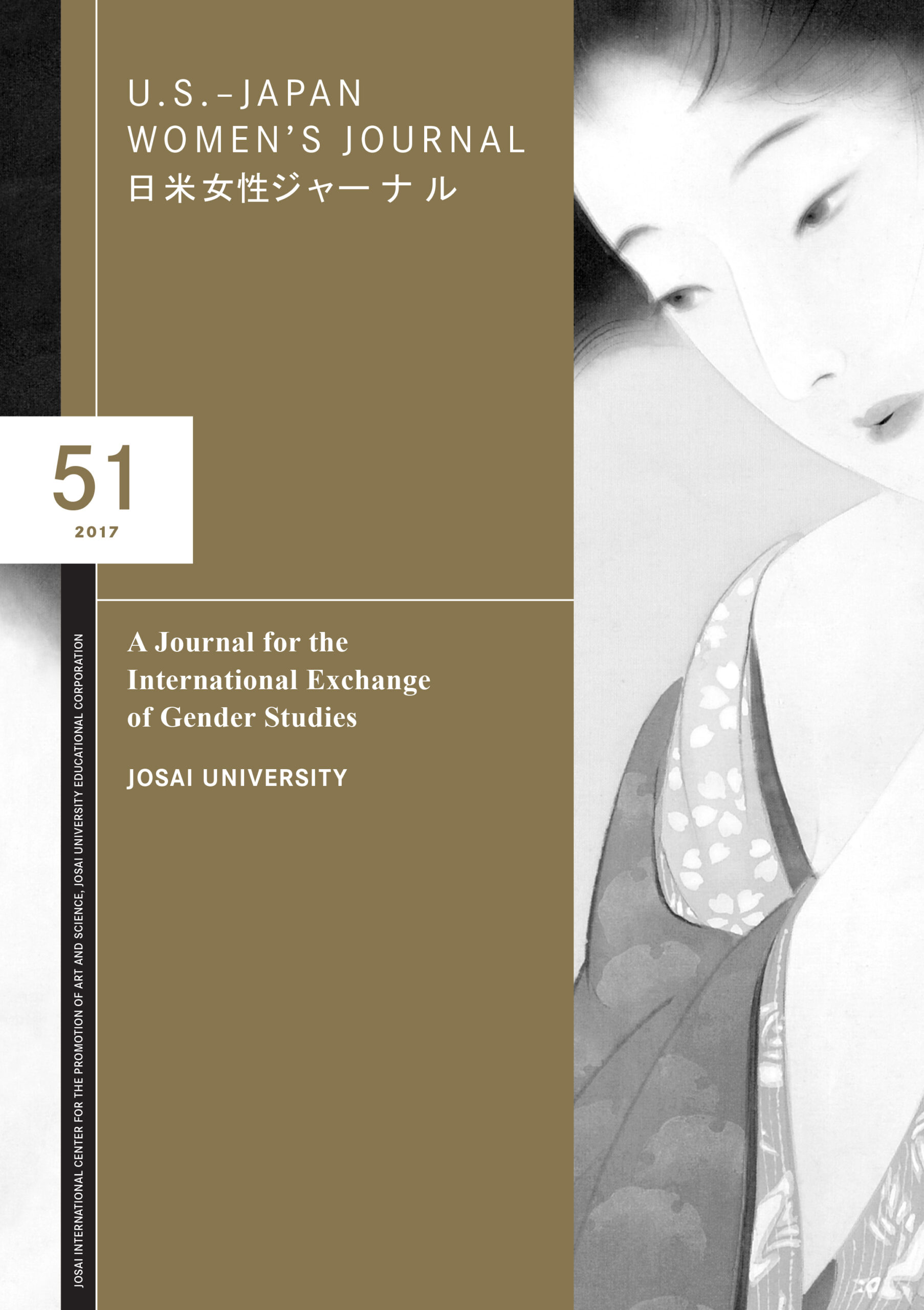Distributed for Jōsai International Center for the Promotion of Art and Science, Jōsai University
Crafting Identity as a Tea Practitioner in Early Modern Japan: Ōtagaki Rengetsu and Tagami Kikusha
Rebecca Corbett, 3
Extract: Premodern Japanese tea culture has been depicted overwhelmingly as a male activity. Reading any standard history of tea culture, we learn about the merchants who formalized the practice in the late sixteenth century and the warlords they served; the warrior tea masters who continued to develop the practice and philosophy throughout Japan’s early modern period; the wealthy industrialist-connoisseurs in the early twentieth century; and the grand masters of the now dominant Sen-family schools of tea (Urasenke, Omotesenke, and Mushanokojisenke). When women do feature in either popular or academic discussion of tea culture, they generally figure as middle-class housewives in modern Japan who are learning tea culture as a way of cultivating gender and national identity, the assumption being that by studying tea they learn how to be a proper Japanese woman. Female tea practitioners from the early modern period (1600–1868) are generally presented as exceptions to the norm, such as women of the imperial family who were able to practice tea because of their high status. Even then, a divide is perceived between men’s tea practice, whether historically or in the modern period, and women’s tea practice. Men’s tea practice is said to be focused on connoisseurship, the collecting of tea utensils as art, and an intellectual or philosophical understanding of tea culture. Women’s tea practice is said to be about learning comportment, etiquette, and manners—a mode of practice that encompasses neither the rational, intellectual dimensions of male practice nor the aesthetic appreciation and economic capital that men can display as connoisseurs and collectors of tea utensils as art. Indeed, as I have argued elsewhere, there was a popular discourse as early as the eighteenth century that presented tea culture to commoner women as a way of learning to be graceful. Eighteenth- and nineteenth-century guides for women’s edification urged women to learn the basics of tea culture—how to perform the procedures for making thin tea and how to be a guest for the thick tea service—but suggested that women did not need to go any more deeply into the study of tea.
In this essay, I show that some women in early modern Japan could be connoisseurs and collectors of tea utensils as art, and even makers of tea utensils. The two modes of tea practice—learning tea as a means of cultivating the mind and displaying aesthetic knowledge, and learning tea as a means of cultivating genteel appearance and social graces—should not be understood as representing men’s tea practice and women’s tea practice. Women have been active in both fields, even in the early modern period, when women are often thought to have had little or no involvement in tea culture. Here I focus on the production of tea utensils by two nuns, Ōtagaki Rengetsu 大田垣蓮月 (1791–1875) and Tagami Kikusha 田上菊舎 (1753–1826), in order to place women back into the social history of tea culture and demonstrate that for women learning tea often meant more than just learning to be graceful. In particular, I focus on the tea scoops they crafted—just one type of tea utensil they were involved in creating—to show how their identity as aesthetic connoisseurs and tea practitioners was itself crafted through the making of these physical objects. Although Rengetsu and Kikusha should by no means be regarded as representative of all female tea practitioners in early modern Japan, aspects of their practice and lives reveal the ways in which early modern women’s tea practice could occur within the realm of aesthetic connoisseurship, knowledge, and display. I begin with an explanation of the world of tea culture in which Rengetsu and Kikusha participated, before presenting biographical information on each woman. Finally, I discuss their tea practice and the tea utensils they made, focusing on tea scoops in particular.
Tangled Kami: Yosano Akiko’s Supernatural Symbolism
Nicholas Albertson, 28
Extract: Yosano Akiko (born Hō Shō, 1878–1942) became a literary sensation in 1901 when she defied conventions of poetic style and morals to glorify a young woman’s passionate love in the 399 tanka of Midaregami (Tangled hair). Her transformation into a goddess of poetry—and the key to understanding so many of her perplexing poems—was incubated by her rivalry with the poet Yamakawa Tomiko (1879–1909) for the love of Yosano Tekkan (1873–1935), founder of the Tokyo Shinshisha (New Poetry Society). Akiko married Tekkan shortly after Midaregami was published, and she soon outshone her husband as a poet. In her distinguished and productive career, she also made major contributions as a feminist social critic and as a scholar of classical literature—all while raising eleven children.
Those are the familiar contours of a story that is repeated in many biographical studies, annotated anthologies of poetry, and histories of modern Japanese literature. Yet Midaregami, arguably the single most celebrated poetry collection since the Meiji Restoration (1868), is still undervalued and misunderstood. Critics characteristically extol the putative immediacy and unrestrained passion of Akiko’s poems. But it is not their passion alone that causes the spark to ignite in the reception of these poems, although they are certainly more explicit and suggestive than their precursors: it is their particular investment of supernatural, religious, and moral meanings in matters of passion. Akiko expands the scope of what her tanka can do by creating friction between her religious metaphors and her sensuous descriptions. The poems stand both sexual and religious mores on their heads. Carnal desire is more than just physical; it is spiritual, and it is augmented by the multiple, tangled metaphysical associations to which the individual tanka of Midaregami commit to different degrees.
Scholars have mostly passed over Midaregami’s supernatural references, apparently because Akiko herself was not religious, so that biographical explanations would not be able to account for them. Shame, remorse, and uncertainty may not fit our picture of Akiko the prodigious literary talent and towering political figure (or Akiko the sheltered bookworm, for that matter), but they do figure prominently in Midaregami, lending many of the tanka a fraught ambivalence and ambiguity. In short, biographical criticism does a disservice to Akiko’s genius and influence by trying to untangle what should remain tangled.
My goal in this study, then, is to contribute to our understanding of how the poetry collection stimulated and confused readers, by focusing on one of the most significant, and largely overlooked, patterns in Midaregami: the presence of supernatural figures, symbols, and concepts. Approximately one-fourth of the 399 tanka contain references to divinities, sin, shrines, priests, or religious texts. Those references may be Buddhist, Shinto, or Christian; it is not always clear which. At the same time, the religion remains abstract: sutras stand for traditional values and wisdom, but nothing more specific; sensuality is sporadically sinful, but the reasons for this are unexpressed. The poetic speakers of these poems are sometimes devout, sometimes defiant, and often ambivalent in the face of religious standards. While many of the references might be dismissed simply as metaphors for the divinity of love or lust, particularly as they do not reflect any devout beliefs of the poet herself, such a dismissal overlooks the rhetorical suppleness that these inventions impart to the brief tanka. Akiko mixes supernatural symbolism with traditional tanka diction and allusions, and the resulting layers of meaning are all the more outrageous for this combination. They not only appeal to—and sometimes upend—religious ideals, but also invoke ideals of nature as normative with or against such religious ideals. In this light, even the moments of realistic description are fraught with moral significance. Akiko thus constructs a poetic cosmos always teeming with intermingled deities and humans, both exalted and both coarsened by passion. The prominent but contestable status of the supernatural in the poems both extends beyond the natural and undermines the reliability of the natural.
Short Skirts and Superpowers: The Evolution of the Beautiful Fighting Girl
Kathryn Hemmann, 45
Extract: Shōjo manga are filled with rivalries between innocent and naive young girls and evil older women. Antagonism between pure-hearted young women and villainous older women has been communicated to shōjo manga from bishōjo manga written by and for men through the process of narrative consumption and reproduction. To understand why this is so, this essay examines the work of three Japanese cultural theorists on the topic of the bishōjo, or beautiful girl, character type. The ultimate goal of this essay, however, is to argue that female manga artists are fully aware of the cycle of narrative consumption and reproduction, and are thus able to intervene in and disrupt the process and offer new interpretations of female character types that are empowering to female readers.
On February 9, 2011, the New York Times published an article entitled “In Tokyo, a Crackdown on Sexual Images of Minors.” Although the “sexual images” in question come from a variety of media, such as adult films and role-playing video games, the Tokyo Metropolitan Ordinance Regarding the Healthy Development of Minors (Tōkyō-to Seishōnen no Kenzen Naikusei ni Kan Suru Jōrei), or the “Tokyo Youth Ordinance Act,” passed by the Tokyo Metropolitan Assembly on December 15, 2010, specifically targets manga featuring young female characters in what are deemed to be sexually compromising poses or situations. The journalist who penned the article, Hiroko Tabuchi, quotes Tokyo governor Ishihara Shintarō as saying of the manga in question that “these are for abnormal people, for perverts.” The article sensationalizes the media that Ishihara hopes to censor as child pornography by emphasizing the young ages and sexual exploitation of its models without differentiating between young women who exist in the real world and those who exist solely on paper. It is only in the last line of the article that a seventeen-year-old male manga reader is quoted as saying, “I don’t even think about how old these girls are. It’s a completely imaginary world, separate from real life.”
The style of illustration targeted by the Tokyo Youth Ordinance Act is known as bishōjo-kei, or “bishōjo style.” A bishōjo is a female character in a manga, anime, video game, or light novel that belongs to a genre generally regarded as targeted at a male audience, such as science fiction or adventure fantasy. Examples of such characters are Nausicaä from Nausicaä of the Valley of the Wind (1984, Kaze no Tani no Naushika), Nadia from Nadia: The Secret of Blue Water (1990–91, Fushigi no Umi no Nadia), and Ayanami Rei from Neon Genesis Evangelion (1995–96, Shin seiki Evangerion). Bishōjo are rooted firmly in fantasy, whether that fantasy is a post-apocalyptic wasteland or a halcyon year of high school. These characters need not be connected to an actual narrative, however, and can be depicted in original stand-alone artistic compositions, such as those printed on the postcards and pin-up posters enclosed in monthly manga magazines. These illustrated girls are often characterized as not only strong and competent but also somewhat naive and innocent; they are magical beings enmeshed in their respective fantasy worlds, and there is an Alice-in-Wonderland quality about them capable of evoking fantasies about childhood and, more specifically, girlhood.
Gender, Maturity, and “Going out into the World”: Self-Referent Term Choice at Ogasawara Middle School
Nona Moskowitz, 73
Extract: The belief that women and men should use different first-person referent terms in casual, everyday contexts in Japan is a linguistic ideology based on the ideological construct that “women’s language” does and should exist. While women’s language is imagined to have been an eternal feature of the Japanese language, it is, in fact, a contemporary construct, an ideology about gender and gendered expression that assumed a particular form during the Meiji period. What constitutes women’s language or other linguistic practices is not static, however, and the symbolic meanings particular terms assume continue to be reworked. At the same time, particular meanings that persist do so because they are actively reproduced.
Historically, perceived linguistic corruption has been linked to moral corruption in Japanese women. Because women stand as symbolic barometers of cultural change and the loss of tradition, the perceived waning of women’s language presents an overt sign of (national) disorder. As Shigeko Okamoto, Hideko Reynolds, Miyako Inoue, and others have found, both men and women continue to monitor and evaluate the degree to which women’s actual speech follows the norms of women’s language. At the root of the critique and monitoring of women’s speech are ideas about who women are and should be. Public fear over the corruption of women’s language takes various forms, illustrating that the construct of women’s language is alive and well in Japan today.
In this paper, I examine how middle-school girls navigate the gendered world of self and self-reference through their choice of self-referent terms. The students’ exegesis regarding their choice(s) illustrates that self-referent terms connect with the self vis-à-vis an understanding of that self (or identity). Here, I explore the ways in which student selves connect with mainstream Japanese ideologies and local ways of being or doing.
Both mature and maturing women eschew “female” self-referent terms because the terms create for the speakers identities that they do not want to appropriate. Some maturing women who avoid “female” self-referent terms feel uncomfortable with the identities the terms evoke for them. As will be explored below, some are in the process of recognizing or coming to terms with a feminine idea of self. They are not ready to use a given term because they are not ready to adopt the version of self they feel the term encodes. These explanations constitute a different narrative than the ones given by women who purposely choose to appropriate other identities through language. These women may reject the identities that they feel the terms evoke because they do not agree with them, for political or other reasons. In contrast, young women who are in the process of “growing into”—that is, accepting and identifying with—a gendered identity may eschew female self-referents because they are not yet comfortable with their own feminine identity.
It is this latter group, maturing women, who are the subject of this analysis. I explore the way in which the gender encoded in the self-referent terms intersects, for some young speakers, with another dimension: maturity. Although the gendered meanings indexed through self-reference are both publicly salient and a frequent topic of linguistic exploration, my analysis here illustrates that gender is not the only dimension indexed. Maturity is also revealed to be indexed through meanings associated with or the act of choosing terms. Recognizing these two dimensions informing self-referent indexicals adds coherence to the interviewed middle-schoolers’ exegesis.
This study was conducted with ninth graders at Ogasawara Middle School on Chichijima Island. The ninth graders’ explanations drew upon and danced between both systems of meaning (maturity and gender) because, in terms of age and social maturity, they are at the transition point of the changing system. As middle-schoolers, they should be ready to appropriate an (adult) gendered self. Not appropriately gendering themselves through language was read as immature, rather than political. Thus, this inquiry into linguistic choice reveals that to be mature is to be gendered.





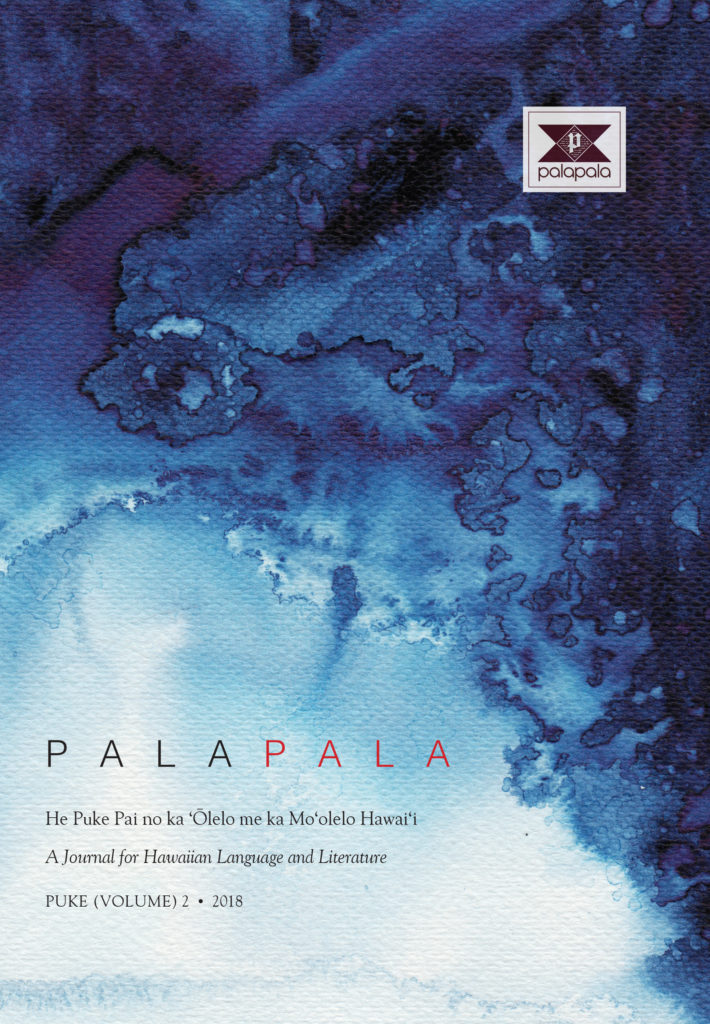
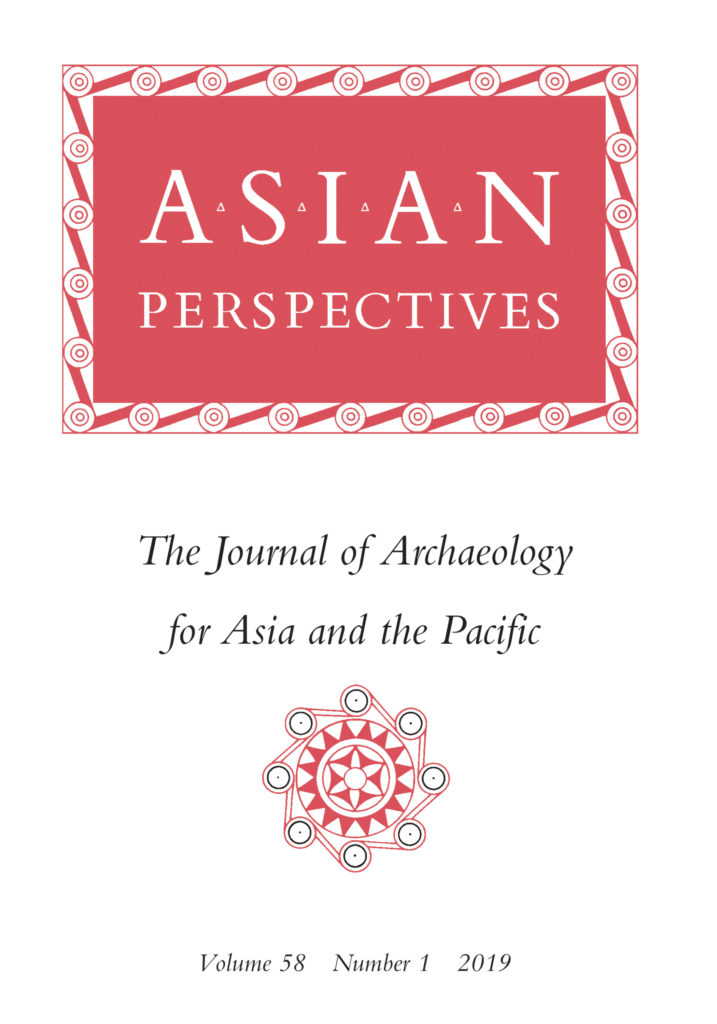
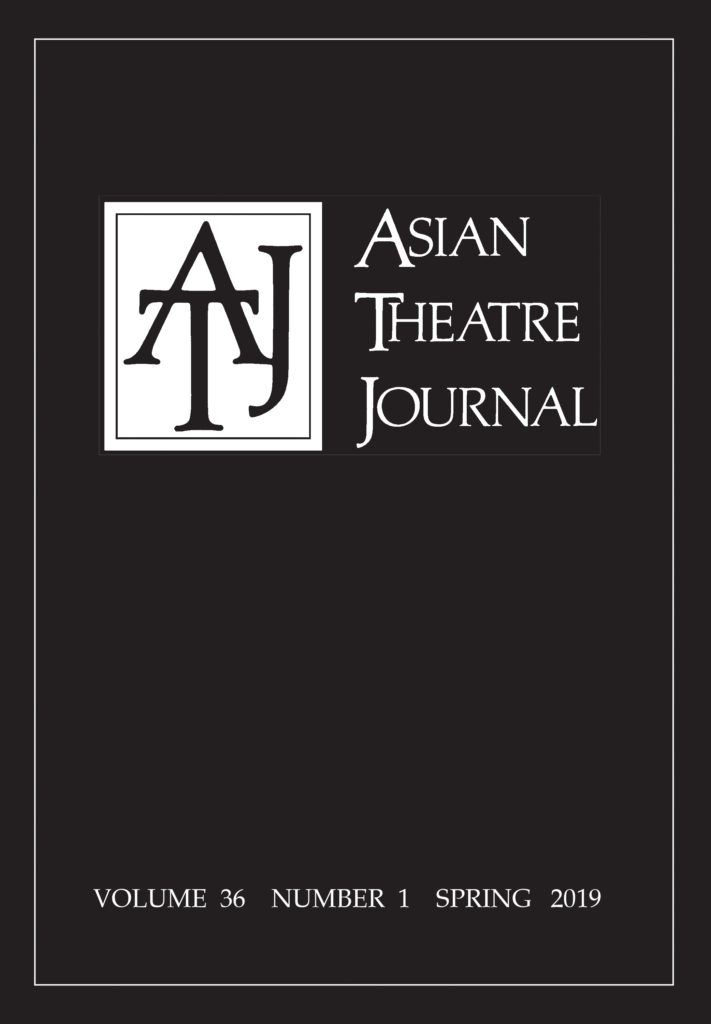
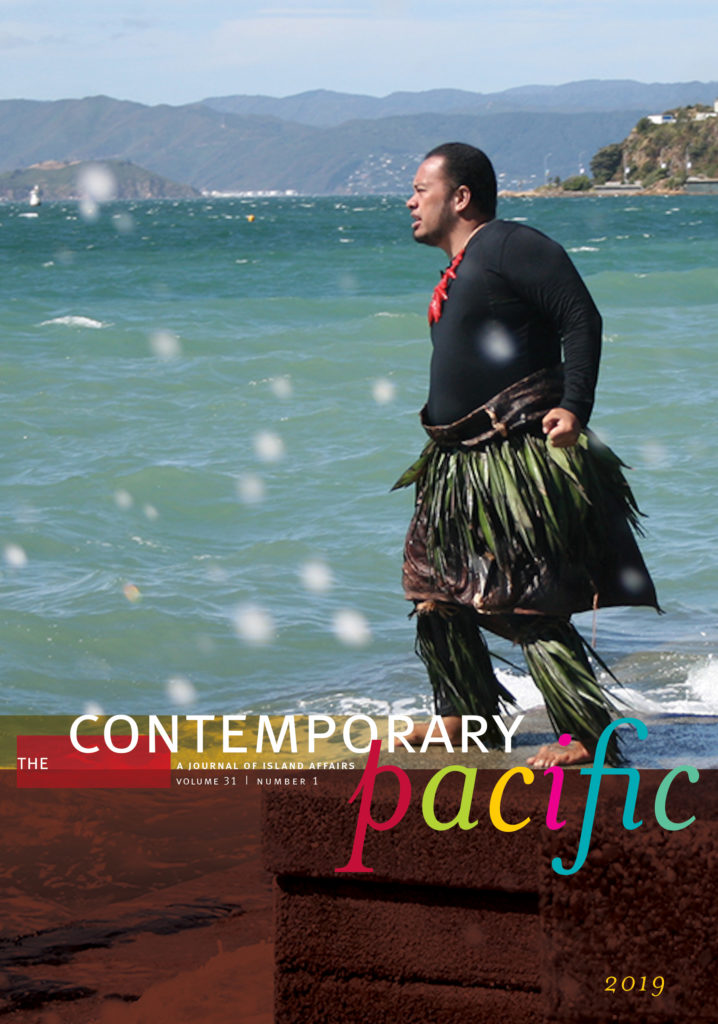
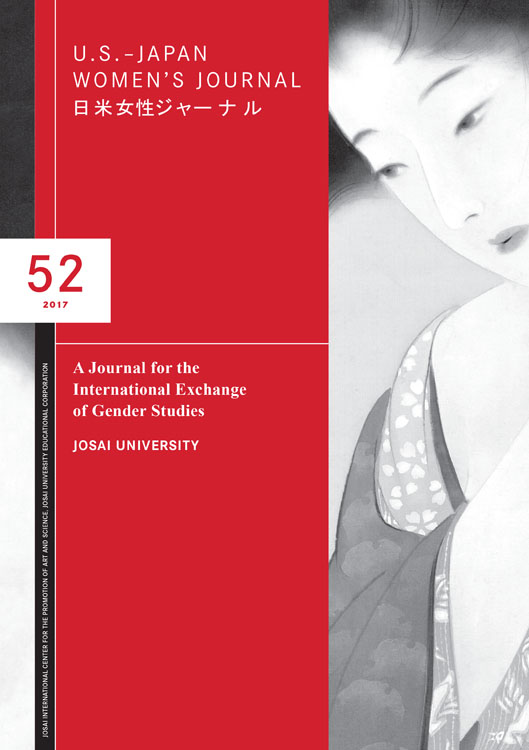 The purpose of the U.S.-Japan Women’s Journal is to exchange scholarship on women and gender between the U.S., Japan and other countries, to enlarge the base of information available in Japan on the status of American women as well as women in other countries, to disseminate information on Japanese women to the U.S. and other countries, and to stimulate the comparative study of women’s issues.
The purpose of the U.S.-Japan Women’s Journal is to exchange scholarship on women and gender between the U.S., Japan and other countries, to enlarge the base of information available in Japan on the status of American women as well as women in other countries, to disseminate information on Japanese women to the U.S. and other countries, and to stimulate the comparative study of women’s issues.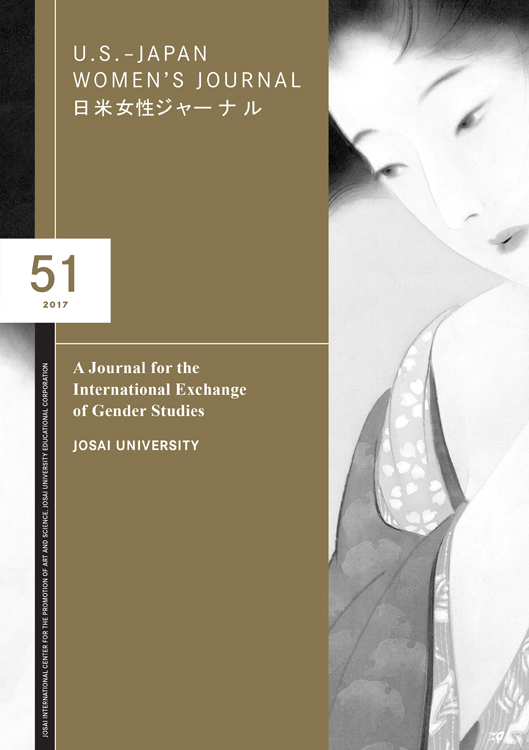



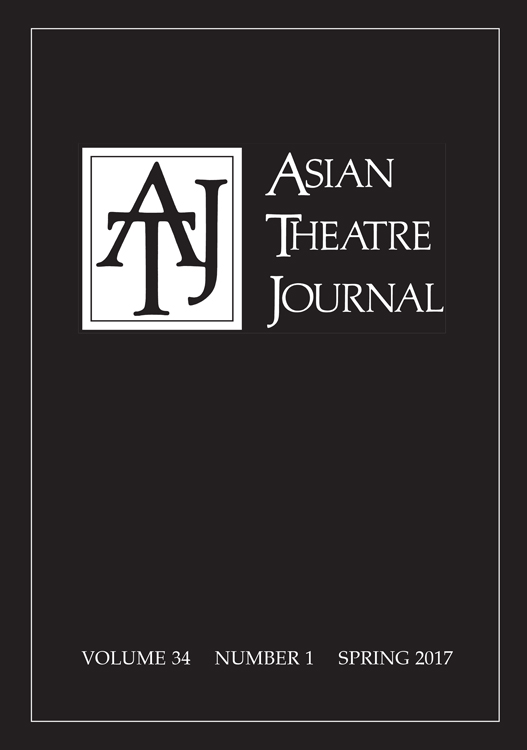
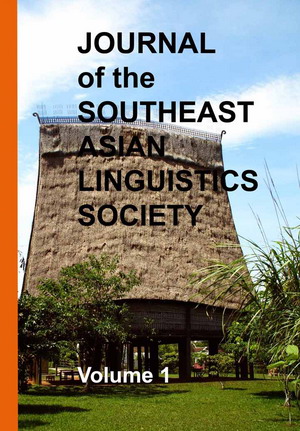
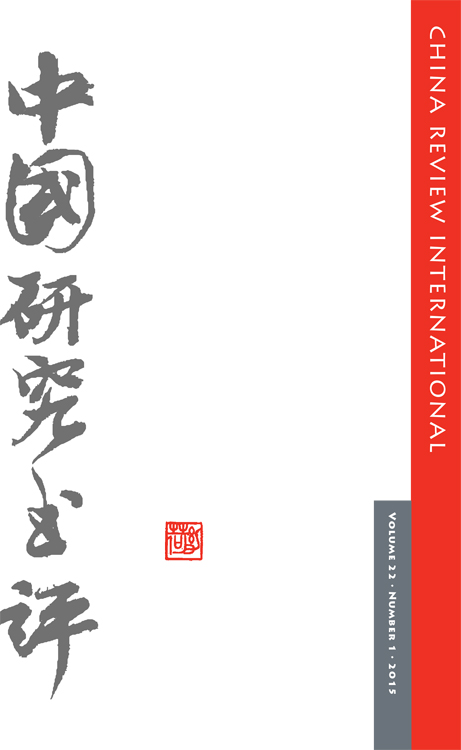
 Established in 1947, the University of Hawai`i Press supports the mission of the university through the publication of books and journals of exceptional merit. The Press strives to advance knowledge through the dissemination of scholarship—new information, interpretations, methods of analysis—with a primary focus on Asian, Pacific, Hawaiian, Asian American, and global studies. It also serves the public interest by providing high-quality books, journals and resource materials of educational value on topics related to Hawai`i’s people, culture, and natural environment. Through its publications the Press seeks to stimulate public debate and educate both within and outside the classroom.
Established in 1947, the University of Hawai`i Press supports the mission of the university through the publication of books and journals of exceptional merit. The Press strives to advance knowledge through the dissemination of scholarship—new information, interpretations, methods of analysis—with a primary focus on Asian, Pacific, Hawaiian, Asian American, and global studies. It also serves the public interest by providing high-quality books, journals and resource materials of educational value on topics related to Hawai`i’s people, culture, and natural environment. Through its publications the Press seeks to stimulate public debate and educate both within and outside the classroom.